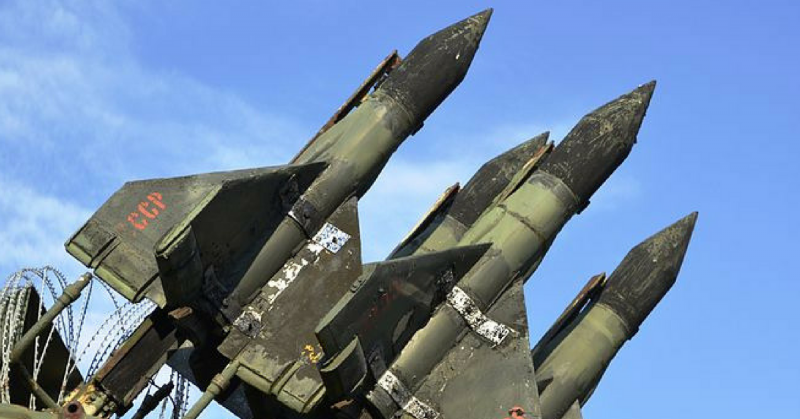During the 1950s, Soviet weapons engineers designed a new anti-tank missile, the AT-1 Snapper. This was a guided missile that used a wire link to transmit commands to the missile. It was manually guided and relied on line of sight to direct it to its target.
Anti-tank missiles had been a relatively common infantry weapon since the Second World War, in which both sides developed their own versions. But the AT-1 was too heavy and bulky to be fired from an infantry-portable launcher. Instead, a launch vehicle was needed.
Accordingly, engineers developed the 2P series of vehicles.
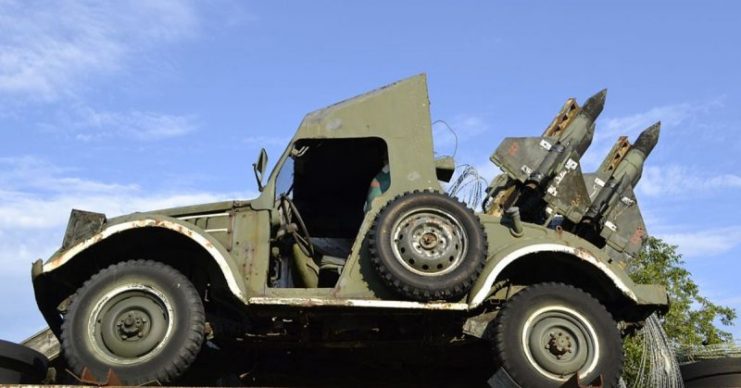
Launch of the 2P26
The first in this series of vehicles was the 2P26, and it went into service with the Soviet armed forces in the late 1950s.
The 2P26 was based on a modified version of the GAZ-69 light lorry. Designed to replace American Willys Jeeps provided under the World War II Lend-Lease Agreement, the GAZ-69 was larger than a Jeep, with more space for cargo. It proved an adaptable and useful transport vehicle that remained in use for decades.
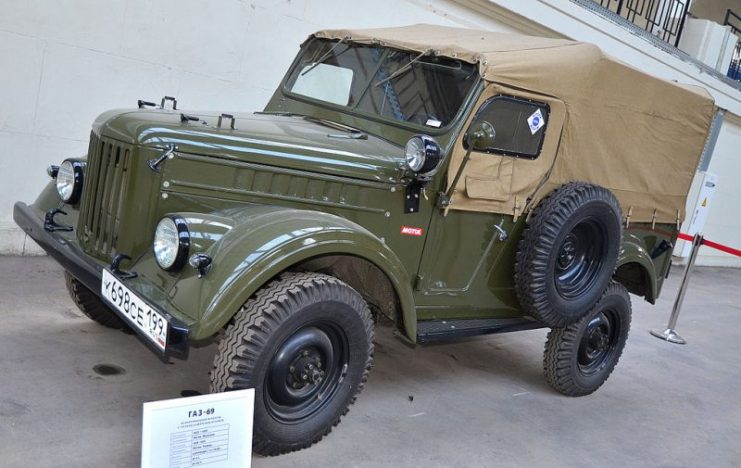
Powerful enough to tow a light field gun, the GAZ-69 was a natural base for mobilizing another sort of weapon. By modifying the rear, designers were able to fit a missile mounting onto it.
The 2P26 was sometimes known as the “Baby Carriage,” a curious title for such a destructive machine.
The missiles on the 2P26 were mounted on a set of four launch rails. These sat behind the cab, pointing upward while in transit. To prepare for firing, the crew rotated the rails into a nearly horizontal position.
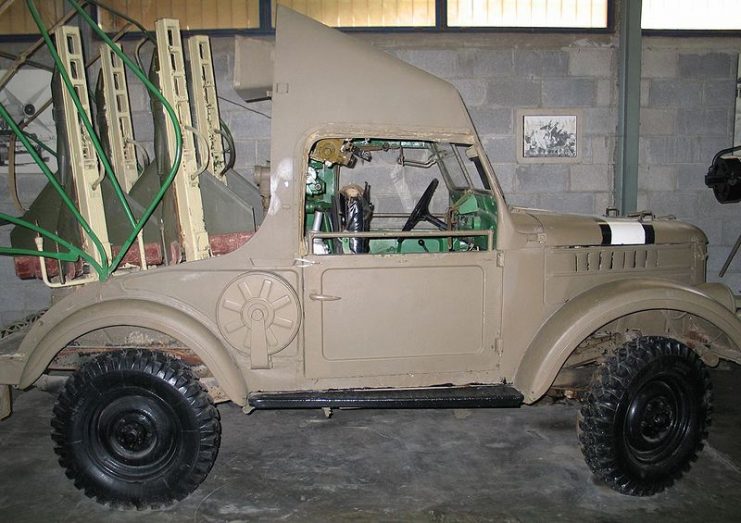
The 2P26 had only two crewmen, the driver and the gunner. Both men were seated in the cab, but with their seats facing in different directions, so that the gunner was looking out the rear toward the missiles. Like the gunner, the driver was equipped with a rear-facing sight.
The 2P26 had a top speed of 56 miles per hour on roads.
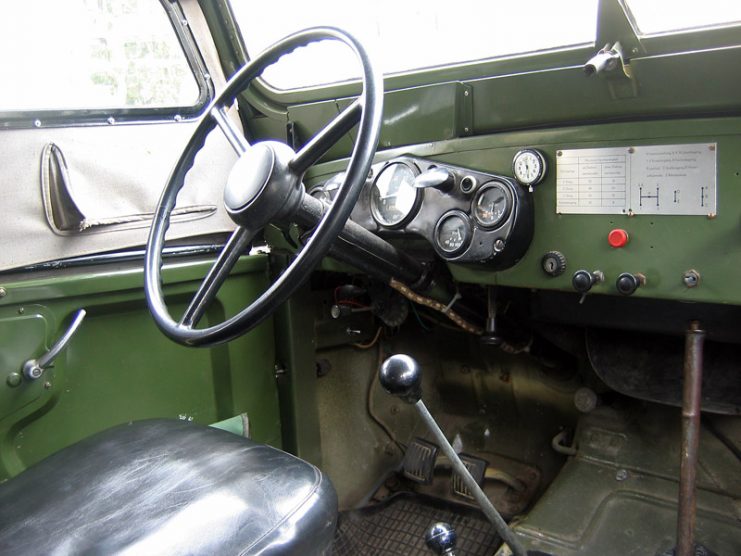
Launch of the 2P27
In 1960, a new AT-1 vehicle was introduced, the 2P27.
The 2P27 was based on an entirely different vehicle than its predecessor. This time the chassis was that of the BRDM-1, the Soviet Union’s first specialist reconnaissance vehicle.
The BRDM-1 was a much more mobile vehicle than the GAZ-69, likewise making the 2P27 more mobile than the 2P26.
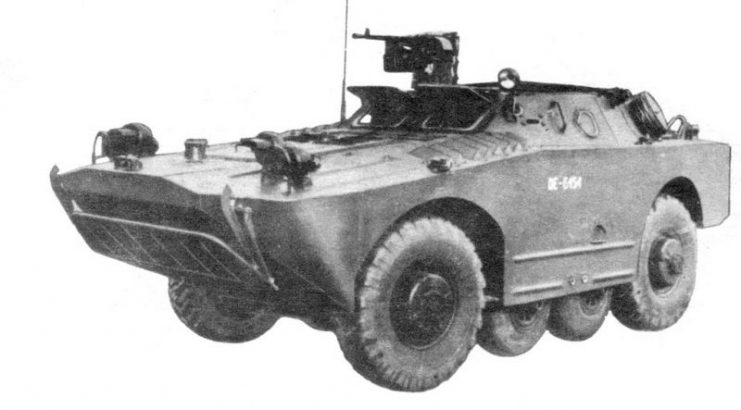
The BRDM-1 had two sets of four wheels. One set provided the vehicle’s main driving power. These wheels were in the normal positions for a four-wheeled vehicle. The other wheels, placed between the front and rear sets, were smaller and were often retracted into the vehicle. They could be lowered for off-road travel, making it easier for the vehicle to cross difficult terrain.
The vehicle also had an amphibious capability.
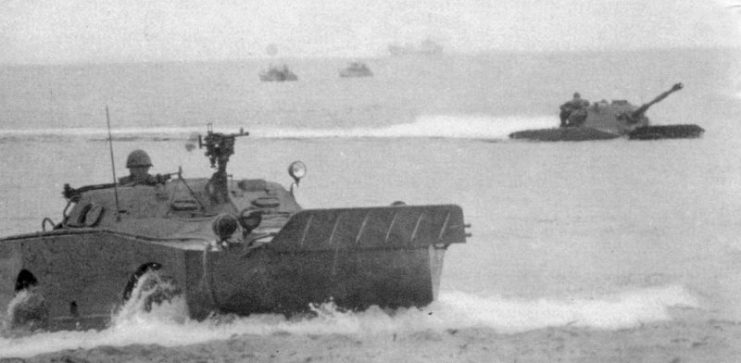
Though the 2P27 was better at off-road travel than the 2P26, it was slightly slower on roads, with a maximum speed of 50 miles per hour.
The 2P27 carried three AT-1 missiles, again mounted on rails, which were retractable. To prepare for firing, overhead covers were removed and a flap in the rear of the vehicle was opened. The launch rails were then raised.
Because it was based on a fighting vehicle rather than a truck, the 2P27 had some armor. However, because the BRDM-1 was a relatively light scouting vehicle, this armor wasn’t very thick – .4″ at its thickest.
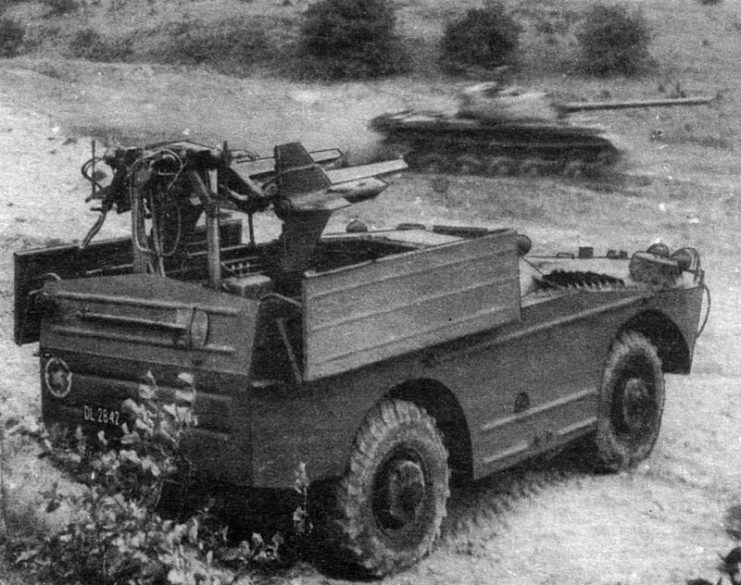
The AT-1 missiles were directed using an MCLOS wire link guidance system. The system was controlled by a joystick. From the control system, signals were sent down a set of wires attached to the missiles. It took a high degree of skill to operate this system, which was different from what anti-tank gunners were used to.
The control system could be removed from the 2P26, allowing the crew to remotely fire the missiles from up to 98 feet away. The 2P27 used a similar guidance system, but had a longer remote-control range of 164 feet.
The AT-1 missiles had a range of between 1,640-6,562 feet, were equipped with 11.9-lb high explosive anti-tank (HEAT) warheads, and could penetrate up to 11.8″ of armor.
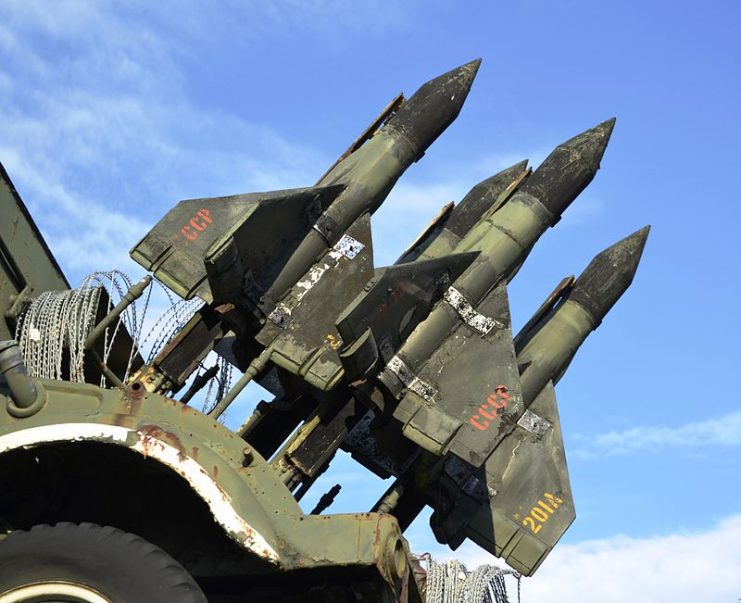
Unlike traditional anti-tank weapons, AT-1 missiles remained accurate up to the limit of their range. This gave them an advantage over anti-tank guns when engaging an enemy at a distance.
These vehicles were primarily used by the Soviets in anti-tank batteries that served alongside motor rifle regiments. They were also exported to other countries. AT-1 vehicles were used Egyptian forces in the Six-Day War in 1967, and in defending Greek-controlled Cyprus against the Turkish invasion of 1974.
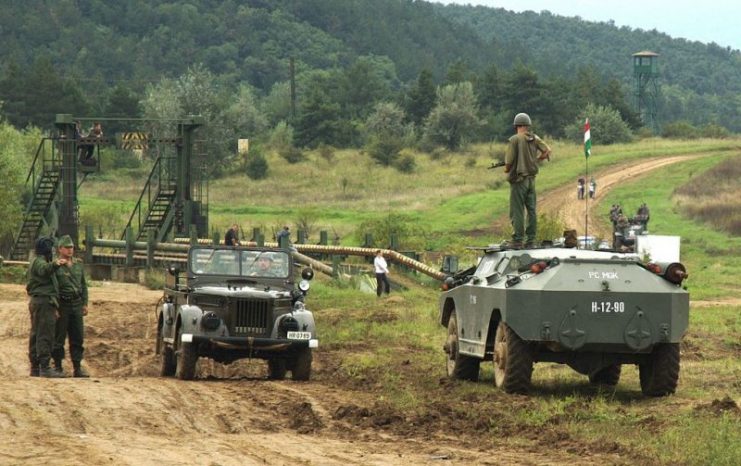
Enter the 2P32
In 1962, a new anti-tank missile vehicle entered Soviet service. This was the 2P32.
Like the 2P27, the 2P32 was based on the BRDM-1.
Instead of AT-1 Snappers, the 2P32 carried AT-2 Swatter missiles. These newer weapons had a smaller wingspan than their predecessors. Thanks to this, the 2P32 could carry four rather than three missiles.
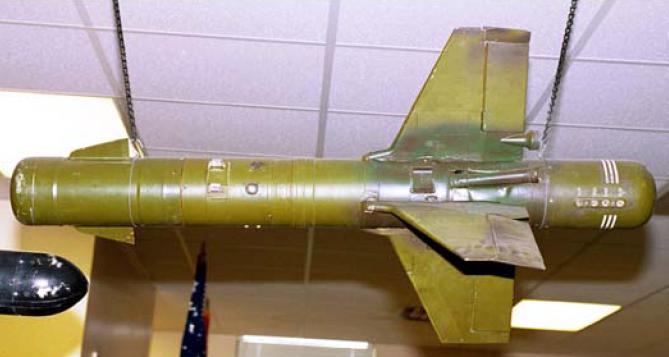
The AT-2 had several other advantages over the AT-1, including a longer range. One key advantage was that it moved faster, giving targets less time to take cover or dodge its approach.
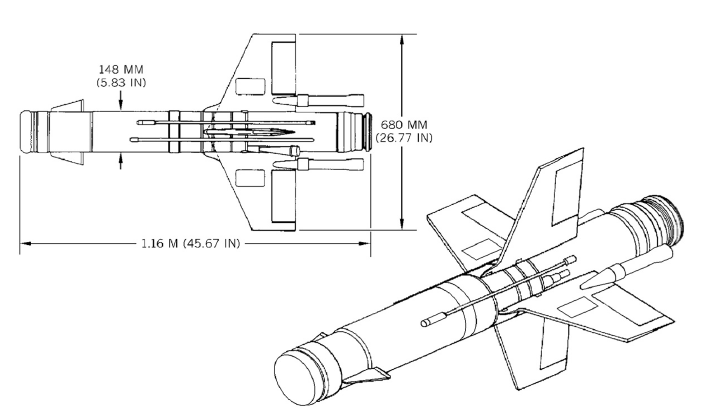
The control signals were sent to the missile via radio rather than by wires. This was a superior way of controlling the missile, because that enabled it to travel faster. The downside was that it became vulnerable to jamming.
Because their missiles were so large, none of the 2P-series vehicles carried spare ammunition. There simply was no space on the vehicle for it.
